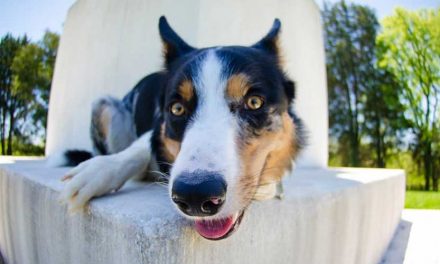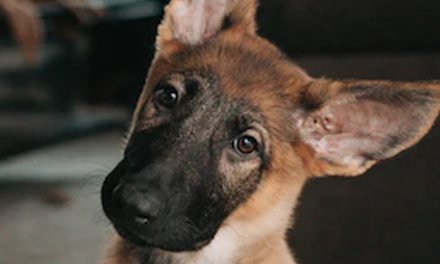The world of greyhound racing has long been entwined with both sporting excitement and gambling.
People are drawn to the thrill of watching fast dogs sprint down a track while others eagerly place their bets on the outcome.
However, behind the scenes, the training of these remarkable animals involves significant effort, dedication, and expertise.
Here’s a look at how people train racing dogs for this high-stakes sport.
Understanding the Breed
Greyhounds are the most commonly used breed for racing due to their speed, agility, and temperament.
These dogs are bred for performance, with physical characteristics that make them ideal for sprinting.
Understanding the traits of greyhounds is the first step in the successful training of racing dogs.
Owner-trainers must ensure their dogs are physically fit and mentally prepared for racing.
Early Socialization and Growth
Training begins early, often when the dogs are still puppies.
Socialization is crucial during this stage; exposing them to various environments, sounds, and people helps them develop confidence.
Responsible trainers introduce positive experiences, ensuring the dogs are comfortable around humans and other animals.
Building a Foundation: Physical Conditioning
Physical conditioning is at the core of racing dog training.
Trainers typically create a rigorous training regimen that focuses on building strength, speed, and endurance.
This includes:
1. Exercise Routines:
Greyhounds require various exercises, including sprinting sessions, longer distance runs, and even swimming to enhance overall fitness.
2. Weight Management:
Maintaining the right body weight is critical; trainers carefully monitor the dogs’ diets to ensure they get the necessary nutrients without excess weight that could hinder performance.
3. Track Work:
As the dogs progress, they begin practicing on the actual racing tracks.
This not only helps them familiarize themselves with the environment but also allows trainers to observe how the dogs handle the turns and understand their racing strategies.
Training Techniques
Trainers use a variety of techniques to prepare their dogs for racing:
Motivational Training:
Leveraging the dog’s natural instincts, trainers often use lures, such as the mechanical rabbit that runs ahead of the dogs during practice sessions, to stimulate a chase response.
Positive Reinforcement:
Reward-based training is critical. Trainers provide treats and praise to encourage desired behaviors, making the training process enjoyable for the dogs.
Consistency and Patience:
Like any athletic training, consistency is key.
Trainers follow a structured schedule, gradually increasing the intensity of workouts while allowing for adequate recovery time.
Mental Preparation
Training isn’t just about physical prowess; mental preparation plays a significant role.
Racing dogs must learn to focus on the task at hand despite distractions.
Trainers often expose dogs to different situations and environments to help them enhance their concentration.
The Role of Health Care
Maintaining the health of racing dogs is non-negotiable.
Regular veterinary check-ups, vaccinations, and injury management are vital. Trainers work closely with veterinarians to monitor the dogs’ health and to implement preventive care that keeps them in peak condition.
Transitioning to Racing
Once dogs have completed their training and are deemed physically and mentally ready, they transition to racing.
Trainers often start with smaller or less competitive races to gauge the dog’s abilities and gradually work towards more significant events, enabling the dog to acclimatize to the adrenaline and excitement of a full racing experience.
The Ethical Considerations
While the excitement of racing and gambling is undeniable, ethical considerations surrounding the treatment of racing dogs cannot be overlooked.
Responsible trainers prioritize the welfare of their dogs, ensuring they are treated humanely throughout their careers.
Many states and organizations are putting greater emphasis on dog welfare, advocating for better conditions and retirement options for retired racing greyhounds.
Conclusion
Training racing dogs for the sport of gambling is an intricate process requiring knowledge, dedication, and a genuine love for the animals involved.
Successful trainers create a blend of physical conditioning, mental preparation, and ethical standards to ensure that these dogs can compete at their best while also being treated with the care they deserve.
As the industry evolves, the focus on humane practices will hopefully continue to grow, ensuring the welfare of racing dogs remains paramount alongside the thrill of the sport itself.










